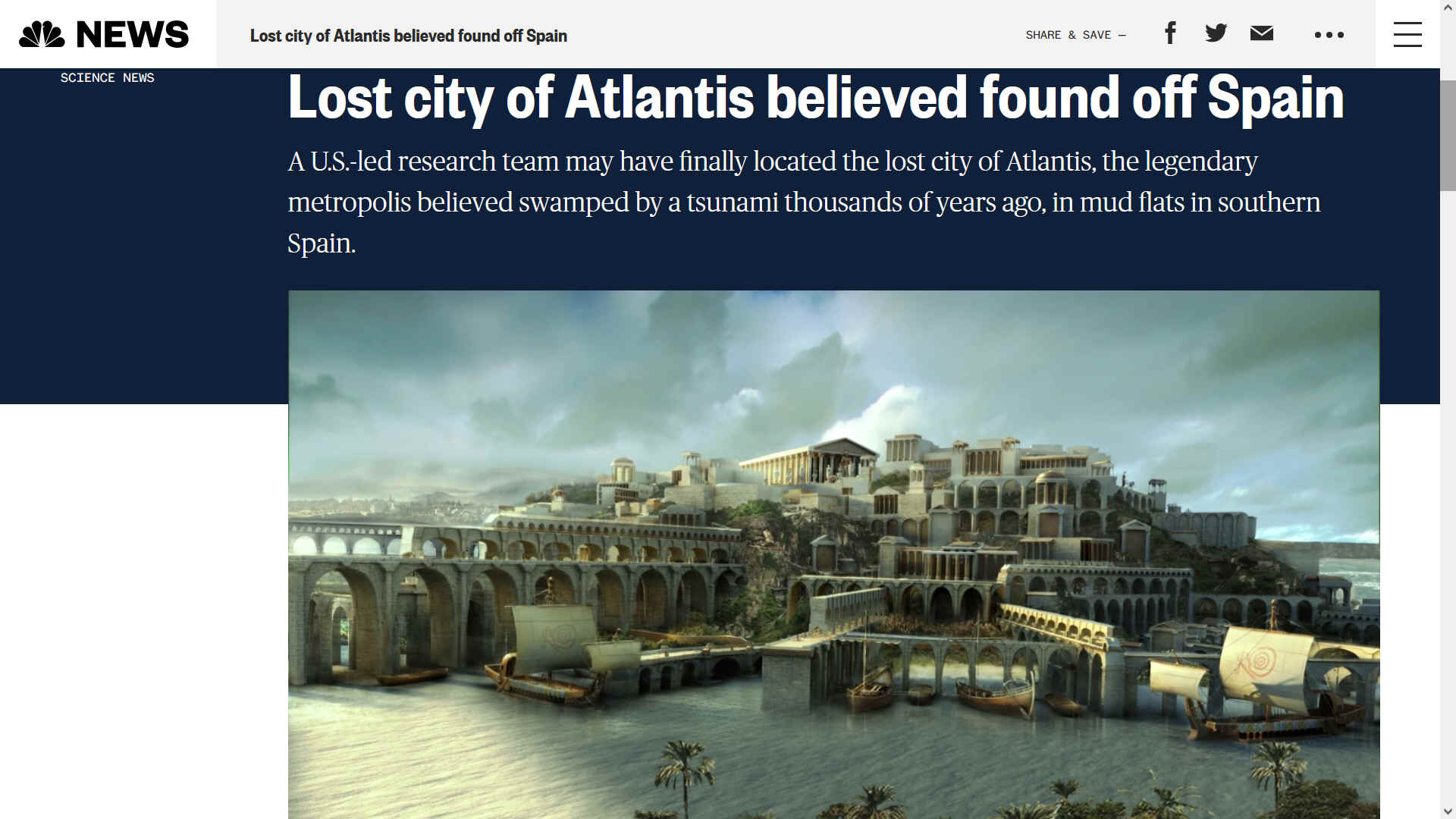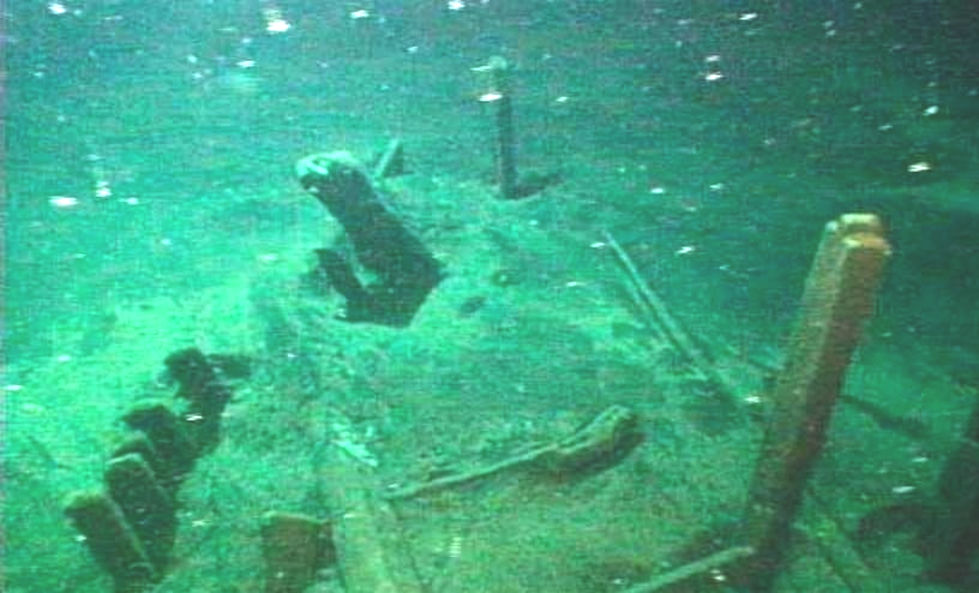|
PHANAGORIA - BLACK SEA
OCEAN AWARENESS - UNDERWATER ARCHAEOLOGY
Please use our A-Z INDEX to navigate this site or return HOME
|
|
|
RACE AGAINST TIME: Ocean levels are rising as the Arctic and Antarctic ice caps melt from being warmed due to climate change. Today islands are sinking as we write. That is the legacy that we are creating, and must do our utmost to undo.
|
|
|
|
|
|
Once reportedly the largest city of ancient Greece and the capital of the Bosphoran Kingdom, Phanagoria was founded around 540 B.C. and stretched across the Taman Peninsula in the Black Sea, now part of Russia. A third of the old city is submerged in the waters of the Black Sea, but two-thirds are on land, making for an enormous archaeological site, dry and wet, with new discoveries still being made. You can find out more by donning a wet suit and diving into Inner Space.
Archaeologists under the auspices of the Oleg Deripaska Volnoe Delo Foundation, as well as the Russian College of Science’s Institute of Archaeology, have found remains of a marble stele (A kind of monument) that includes an engraving of the early Persian King Darius I. It was discovered among the remnants of the ancient settlement of Phanagoria, an ancient Greek metropolis near Crimea, in the Krasnodar District of Southern Russia. The stele was dated to the first half of 5th century BC. The deciphered engraving was in early Persian, and state that it was created during the reign of the Persian King Darius I, who lived from 550-486 B.C. The writing, mostly undecipherable, can to some extent be interpreted as mentioning the early city of Miletus, one of the largest cities in
Ionia, a province later known as Asia Minor. Miletus led a rebellion of Greek cities against Darius I. It was suppressed in 494 B.C.
The excavations cover the 2,500-square-meter acropolis at the center of the antique city, the eastern necropolis, an early graveyard, and a sunken portion of the city. What makes the site exceptional is the combination of so many specialists working together; besides historians and archaeologists, there are anthropologists, paleozoologists, numismatists, earth scientists, and other scholars. The intricate study of Phanagoria has shed new light on the occupants’ means of existing, spiritual principles, economic situation, as well as their parts in military clashes.
The Volnoe Delo Foundation, one of Russia’s major privately-held donations organizations, is led by entrepreneur and industrialist Oleg Deripaska. It has funded investigation events in the 2550-year-old city of Phanagoria since 2004. The Foundation has donated over $10 million to the exploration of Phanagoria over the previous 12 years. Now, Phanagoria is one of the largest and most advanced archaeological sites in Russia; with its own scientific and cultural center, hi-tech gear for above ground and underwater research, and a varied team of experts involved in the research.
Ocean literacy could be taught in schools, as part of an educational curriculum to raise awareness of just how important the subsea kingdom is for land dwellers.
What lost treasures might we discover as the mysteries of the deep unfold, armed with new underwater technology and an army of freshly educated researchers with an interest in the deep.
ATLANTIS - MEDITERRANEAN SEA ATLIT-YAM - ISRAEL
PAVLOPETRI - GREECE RUNGHOLT
- DENMARK YONAGUNI JIMA - JAPAN
REFERENCE
https://www
|
|
|
|
|
|
Please use our A-Z INDEX to navigate this site
This website is Copyright © 2022 Jameson Hunter & Cleaner Ocean Foundation Ltd, equal opportunities companies. This website is carbon friendly, using less energy to load on average per page via simplicity & picture optimization. The same may not apply to third party links.
|


